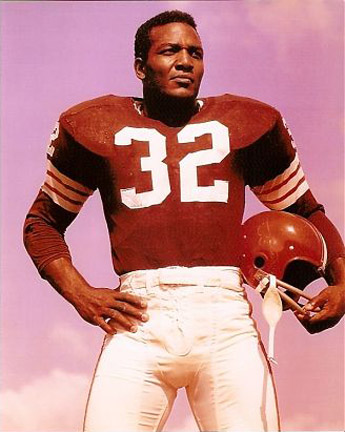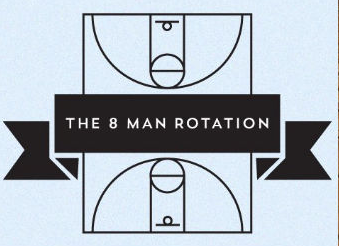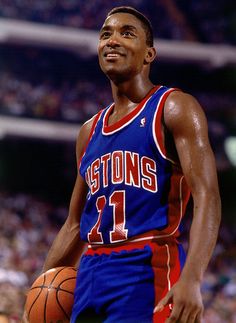'The truth isn't always criticism. Sometimes it's just the truth'
In the wake of the Cleveland Cavaliers victory in the NBA Finals on Sunday night, former Cleveland Browns (NFL football for those who may have forgotten about the woeful Browns), and NFL legend Jim Brown was being interviewed and was asked to share his thoughts on the city of Cleveland on one of the sports talk radio shows that were recapping the Cavs win. Brown, as the de facto representative and patriarch of Cleveland sports, had all the right and expected things to say about Cleveland, the Cavs, and their star LeBron James.
The interview was not all that interesting, until for some reason the host changed the topic from the Cavs and towards Brown's comments on another former Browns player, running back Trent Richardson. Richardson, as I am sure you do not know, was a highly touted player coming out of college, but for some reason did not translate into a successful, (or even average), NFL player and is not out of the league.
While many NFL talent scouts and media had picked Richardson for a star in the NFL, Jim Brown himself did not - seeing Richardson as 'nothing special', and never considering him likely to become a star or even a productive NFL player.
On the talk show, the host asked Brown about Trent Richardson, reminding him that he was one of the only people to correctly predict Richardson would never be able to live up the the high expectations. and would never be a star in the NFL and in response Brown made the following observation, (I am paraphrasing a bit, but the gist of what he said is accurate):
You know I am not really proud or happy about that prediction, and I was not trying to criticize him at all. I was just telling the truth. And the truth isn't always criticism, sometimes it's just the truth. And that's what it was for him.
Preach it Jim Brown.
I think this little anecdote is worth thinking about and keeping in mind as more and more organizations transition away from the traditional annual performance management/review process and cadence and more towards a more frequent, regular, and lighter weight feedback scheme.
More feedback, even if it is the 'truth', (and that is definitely not always the case), increases the opportunities and likelihood for this feedback to be interpreted as criticism, and we all know how much fun being criticized is.
As we see in the case of Brown's 'truthful' observation about Richardson, the difference between 'criticism' and 'truth' often is only determined by who is talking and who is listening.

 Steve
Steve



